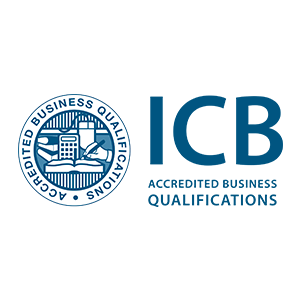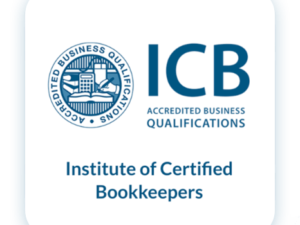The “Costs and Revenues” course introduces students to essential principles in costing and the provision of cost and revenue information. Topics covered include overhead allocation, costing methods, and material and inventory control. Students will have opportunities to apply their knowledge through practical examples, self-assessment quizzes, and formal assessments.
This course equips students with practical skills and knowledge necessary for effectively managing costs and revenues in organisational settings.
Description
Proficiency in calculating and monitoring business and personal costs, income, and revenue is a highly sought-after skill for individuals and employees alike.
In the “Costs and Revenues Short Course,” students enhance their skills and deepen their understanding of fundamental accounting principles related to costs and revenues within organisations. Throughout the course, students delve into topics such as cost behavior, types of costs, processing methods, variance analysis, and material and inventory control.
Overview
Introduction to cost and revenues
Material and inventory control
Overhead allocation
Accounting for a manufacturing organisation
Process costing
Using costing a decision making tool
Variance analyst
Qualification
Certificate of Completion
Requirements
This course is suited for anyone who is wanting to gain knowledge and understanding within the field. There are no specific entrance requirements.
Duration
12 Weeks
Packages
Online Standard:
- Textbooks
- Introduction Video
- Q & A Platform
- Concept Videos
- Forums
- Course Schedule
- Lecturer recordings
- Self-assessment quizzes
Assessment
Self-assessment quizzes
Formative Assessment 1
Formative Assessment 2
Summative Assessment
What's next
You are now ready to advance your studies and enhance your skills further with additional short courses, or take the next step by pursuing a professional body certification with AT(SA). This certification will build upon the vital skills you have developed, providing you with recognized credentials in the accounting field.








